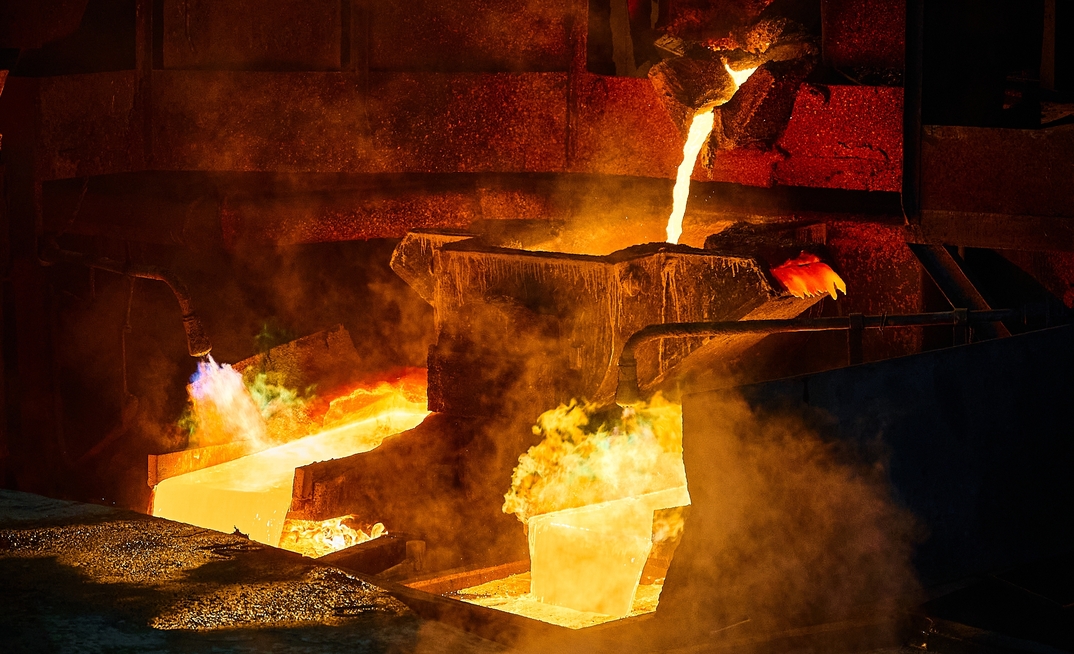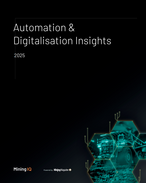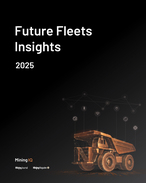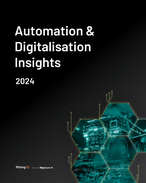Mineral processing, particularly comminution, makes up the most energy-intensive parts of the mining process.
Of course, this has big implications for cost but also for environmental impact. Skarn Associates helps miners with research and benchmarking to understand their environmental impact and then address it through devising bespoke decarbonisation pathways.
Their experts come from mining and mining analysis backgrounds, so understand the industry. Mining Magazine spoke to chief executive Mark Fellows and principal consultant in metallurgical analysis Dr John Anderson, who has expertise in smelting and refining, about how the energy-intensive processing phase can reduce its environmental impact.
"It varies from commodity to commodity, but in base metals, the emissions from downstream smelting and refining are very significant," Fellows said.
To complicate the picture, mining companies tend to be more visible and transparent about upstream environmental impacts than those involved in the downstream part of the supply chain, he added.
It also depends on where the process is deemed to stop – at the point where a deliverable metal has been produced, or when a product is ready to be sent to another supplier for the next processing stage, for instance.
Where data is lacking, Skarn measures based on estimates of energy use and emissions typical for each processing method.
"There's legislation in place now that is going to require Chinese companies to start reporting more, but we've already got ahead," Fellows said.
Smarter smelting
A lot of smelting operations are driven by the chemistry of the process they are using.
This means there is a theoretical amount of energy needed to make a reaction work, Anderson said.
But there are other ways to reduce the overall footprint.
"What is the smelter doing, and what else can it do?" he said.
For example, "are there areas where you have excess energy because you need to cool, and can that be used for something else, such as feeding secondary materials?"
Smelters on large sites can partner with solar or wind power companies to use some of that space which isn't being optimised, Anderson suggested.
He said that urban mining, and circularity, are at "an early stage" but offer promising ways for smelters to make more out of less.
"We are moving from an area that has been focused on costs and revenues to now looking at emissions," he said.
Fellows agreed. "Energy is a massive cost, so if you're looking at cost reduction, then you probably looked at energy previously," he said. But more and more, emissions are becoming another variable that operators are looking to optimise for."
Fellows added that Skarn has worked with a low-carbon zinc producer to create a product with such a low environmental footprint, that "it still justified itself from a carbon emission point of view even shipping the zinc to the other side of the world."
Working with mine planning consultants alongside a consultancy such as Skarn, miners can run several different scenarios to test which one produces the least emissions.
"What they tend to see from that work is that sometimes it yields unexpected economic benefits," he said.
Regional variations
Recycling is more advanced in some regions, such as Europe, than others, Anderson said, and its success can depend on policy.
"There are a lot of non-metallurgical issues to address," he said.
"But if you look at the demand for copper, and the amount of primary copper available – you have got to recycle."
This can be a complex process, as copper is included in many products from smartphones to refrigerators, but they are combined with many other materials.
"The whole chain before you can get to the smelter is huge," Anderson explained. "It isn't easy to recover a lot of this stuff, but if the market is there and the will is there, it is possible."
Resistance to building smelters in some communities has added to the complexity.
"There are potentially a lot of brownfield sites where a modern facility could be placed," Anderson said. "The key thing is it has got to have some feed."
Winning over "hearts and minds" will be important to get buy-in from communities, he stressed.
And while there has been some talk of ESG becoming less important for the mining industry in recent years, Fellows is bullish about its future.
"The energy transition is already well underway, and although there may be some backtracking on targets from particular companies, the direction of travel remains in place, and the pressure from society will continue to be there," he said.

























